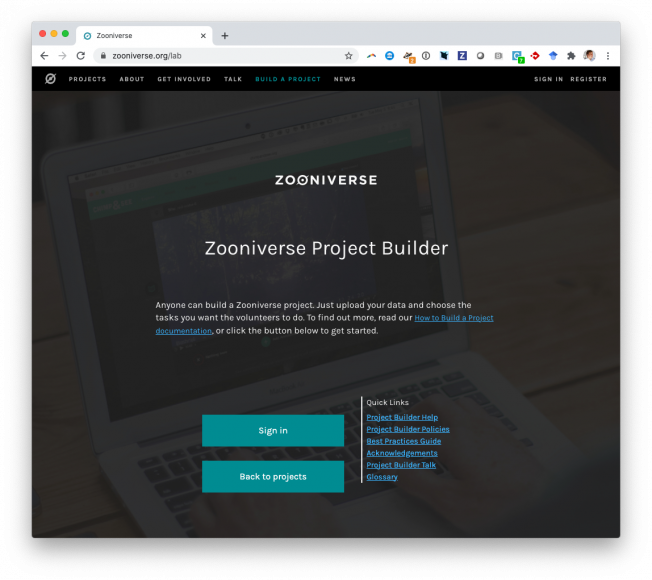Tidal dwarf galaxies in the nearby Universe
ArXiv 1108.441 (2011)
Abstract:
We present a statistical observational study of the tidal dwarf (TD) population in the nearby Universe, by exploiting a large, homogeneous catalogue of galaxy mergers compiled from the SDSS. 95% of TD-producing mergers involve two spiral progenitors, while most remaining systems have at least one spiral progenitor. The fraction of TD-producing mergers where both parents are early-type galaxies is <2%, suggesting that TDs are unlikely to form in such mergers. The bulk of TD-producing systems inhabit a field environment and have mass ratios greater than 1:7 (the median value is 1:2.5). TDs forming at the tidal-tail tips are ~4 times more massive than those forming at the base of the tails. TDs have stellar masses that are less than 10% of the stellar masses of their parents and typically lie within 15 optical half-light radii of their parent galaxies. The TD population is typically bluer than the parents, with a median offset of ~0.3 mag in the (g-r) colour and the TD colours are not affected by the presence of AGN activity in their parents. An analysis of their star formation histories indicates that TDs contain both newly formed stars (with a median age of ~30 Myr) and old stars drawn from the parent disks, each component probably contributing roughly equally to their stellar mass. Thus, TDs are not formed purely through gas condensation in tidal tails but host a significant component of old stars from the parent disks. Finally, an analysis of the TD contribution to the local dwarf-to-massive galaxy ratio indicates that ~6% of dwarfs in nearby clusters may have a tidal origin, if TD production rates in nearby mergers are representative of those in the high-redshift Universe. Even if TD production rates at high redshift were several factors higher, it seems unlikely that the entire dwarf galaxy population today is a result of merger activity over the lifetime of the Universe.Galaxy Zoo: dust and molecular gas in early-type galaxies with prominent dust lanes
ArXiv 1107.5306 (2011)
Abstract:
We study dust and associated molecular gas in 352 nearby early-type galaxies (ETGs) with prominent dust lanes. 65% of these `dusty ETGs' (D-ETGs) are morphologically disturbed, suggesting a merger origin. This is consistent with the D-ETGs residing in lower density environments compared to the controls drawn from the general ETG population. 80% of D-ETGs inhabit the field (compared to 60% of the controls) and <2% inhabit clusters (compared to 10% of the controls). Compared to the controls, D-ETGs exhibit bluer UV-optical colours (indicating enhanced star formation) and an AGN fraction that is more than an order of magnitude greater (indicating higher incidence of nuclear activity). The clumpy dust mass residing in large-scale features is estimated, using the SDSS r-band images, to be 10^{4.5}-10^{6.5} MSun. A comparison to the total (clumpy + diffuse) dust masses- calculated using the far-IR fluxes of 15% of the D-ETGs that are detected by the IRAS- indicates that only ~20% of the dust resides in these large-scale features. The dust masses are several times larger than the maximum value expected from stellar mass loss, ruling out an internal origin. The dust content shows no correlation with the blue luminosity, indicating that it is not related to a galactic scale cooling flow. No correlation is found with the age of the recent starburst, suggesting that the dust is accreted directly in the merger rather than being produced in situ by the triggered star formation. Using molecular gas-to-dust ratios of ETGs in the literature we estimate that the median current and initial molecular gas fraction are ~1.3% and ~4%, respectively. Recent work suggests that the merger activity in nearby ETGs largely involves minor mergers (mass ratios between 1:10 and 1:4). If the IRAS-detected D-ETGs form via this channel, then the original gas fractions of the accreted satellites are 20%-44%. [Abridged]Galaxy Zoo: dust lane early-type galaxies are tracers of recent, gas-rich minor mergers
ArXiv 1107.531 (2011)
Abstract:
We present the second of two papers concerning the origin and evolution of local early-type galaxies exhibiting dust features. We use optical and radio data to examine the nature of active galactic nucleus (AGN) activity in these objects, and compare these with a carefully constructed control sample. We find that dust lane early-type galaxies are much more likely to host emission-line AGN than the control sample galaxies. Moreover, there is a strong correlation between radio and emission-line AGN activity in dust lane early-types, but not the control sample. Dust lane early-type galaxies show the same distribution of AGN properties in rich and poor environments, suggesting a similar triggering mechanism. By contrast, this is not the case for early-types with no dust features. These findings strongly suggest that dust lane early-type galaxies are starburst systems formed in gas-rich mergers. Further evidence in support of this scenario is provided by enhanced star formation and black hole accretion rates in these objects. Dust lane early-types therefore represent an evolutionary stage between starbursting and quiescent galaxies. In these objects, the AGN has already been triggered but has not as yet completely destroyed the gas reservoir required for star formation.Galaxy Zoo: Morphological Classification and Citizen Science
ArXiv 1104.5513 (2011)
Abstract:
We provide a brief overview of the Galaxy Zoo and Zooniverse projects, including a short discussion of the history of, and motivation for, these projects as well as reviewing the science these innovative internet-based citizen science projects have produced so far. We briefly describe the method of applying en-masse human pattern recognition capabilities to complex data in data-intensive research. We also provide a discussion of the lessons learned from developing and running these community--based projects including thoughts on future applications of this methodology. This review is intended to give the reader a quick and simple introduction to the Zooniverse.Galaxy Zoo Supernovae
Monthly Notices of the Royal Astronomical Society 412:2 (2011) 1309-1319



